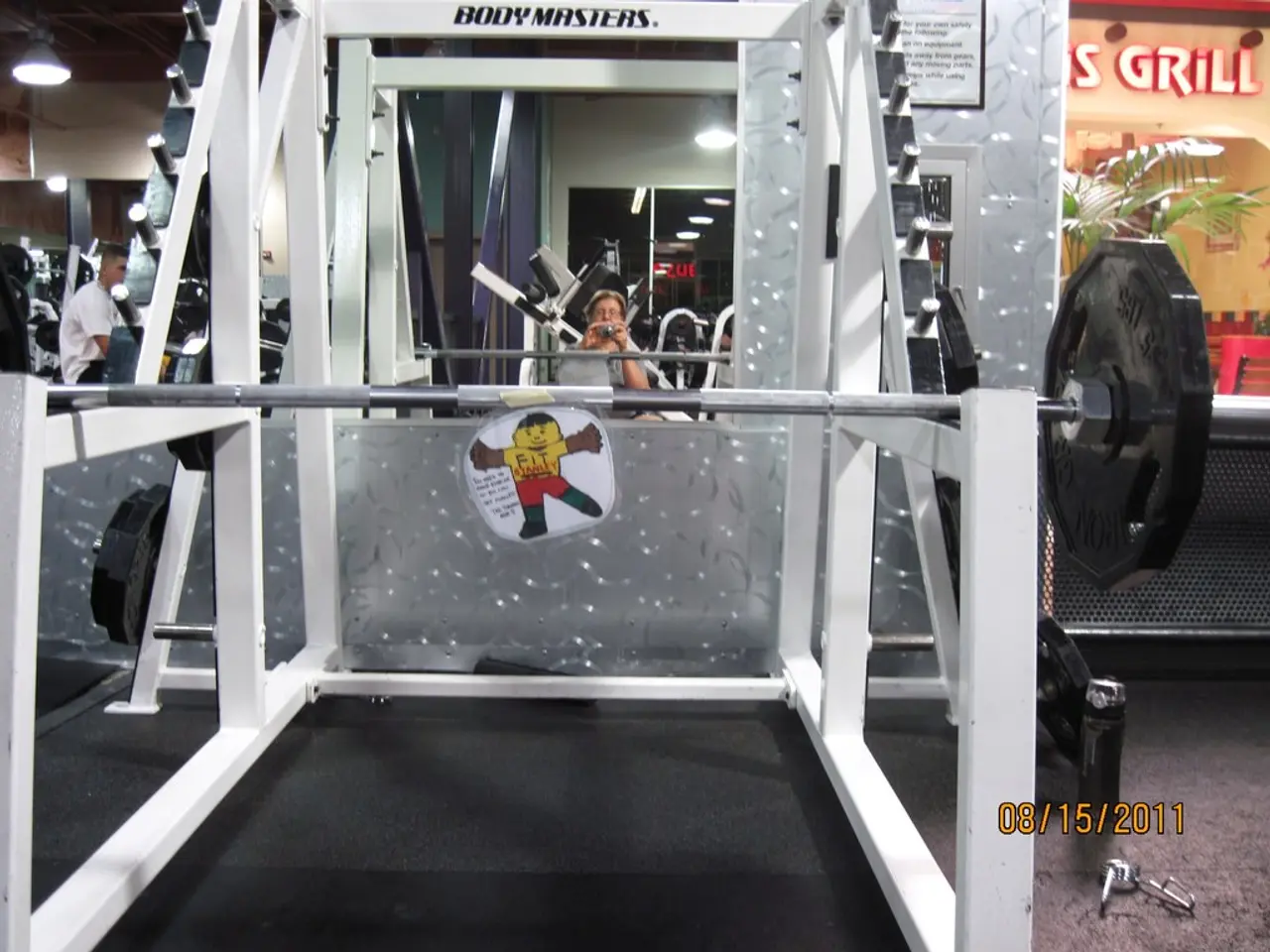Streamline Warehouse Operations: Prioritize Sending Goods to Customers, Not Retrieving Them!
In the bustling world of e-commerce, the need for efficient fulfillment has never been more crucial. A paradigm shift is underway, with the focus moving from moving employees to material, to moving material to employees. This strategic change aims to eliminate waste, improve efficiency, and boost productivity in e-commerce fulfillment distribution centres.
One of the key strategies for optimizing warehouse fulfillment is the implementation of systems and warehouse designs that automate and streamline the delivery of inventory directly to picking stations or work areas. This approach reduces employee travel time and physical strain, improving speed and accuracy.
Implementing Vertical Lift Modules (VLMs) or automated storage and retrieval systems (AS/RS) is a high-density storage solution that brings items automatically to an ergonomic picking access point. This eliminates the need for workers to move throughout the warehouse, enabling faster order fulfillment with fewer people and less fatigue.
Optimizing warehouse layout and inventory placement is another essential method. By designing the warehouse so that fast-moving or commonly ordered products are nearer to packing or picking stations, and grouping items frequently sold together nearby, movement is minimized.
A Warehouse Management System (WMS) is instrumental in integrating with automation to control inventory flow, direct material delivery to pickers, and provide real-time inventory visibility. This helps coordinate the movement of materials to employees rather than vice versa.
Adopting efficient picking strategies like zone picking, batch picking, or wave picking can also complement material-to-employee workflows by organizing tasks to minimize labor movement and maximize throughput.
Automation in order picking and transport, such as conveyors or robots, can carry goods to workers and reduce physical labor, thereby increasing efficiency and reducing errors.
By combining these strategies—high-density storages like VLMs, smart warehouse design, digital management systems, and targeted picking methods—warehouses can physically shift the flow of materials to the employee’s location rather than requiring employees to travel to the items. This approach enhances operational efficiency, reduces worker fatigue, and supports scalable e-commerce fulfillment operations.
During the Holiday season, when volumes can increase by 100%, 200%, or 300% or more, requiring hiring, training, and retaining a large number of new employees, these solutions can be a game-changer. They set the path to be able to support greater growth and faster delivery with lower costs, fewer capacity constraints, a greater ability to scale the operation, less waste, and less stress.
From the presentation titled "Here Come the Bots!", it's clear that while robots and automation are a part of the future, they don't have to be the only solution. Modest improvements to the manual cart system can also make a significant impact. Voice activated picking, for instance, has shown to be more efficient in e-commerce fulfillment.
ABC goods location can make huge strides in reducing unnecessary movement in e-commerce fulfillment facilities. Multi-million dollar solutions involving significant automation using Ship Sorters and material movement systems such as Kiva or Swisslog are also options for those ready to invest in a more automated future.
As the e-commerce industry continues to grow, the need for efficient fulfillment solutions will only increase. By focusing on moving material to employees, warehouses can ensure they are ready to meet the challenges of the future.
- In the e-commerce industry, where efficient order fulfillment is vital, automation is increasingly being implemented to streamline the delivery of inventory, reduce travel time, and improve speed and accuracy.
- By adopting high-density storage solutions like Vertical Lift Modules (VLMs) or automated storage and retrieval systems (AS/RS), warehouses can bring items automatically to ergonomic picking points, reducing the need for workers to move throughout the warehouse.
- Optimizing warehouse layout and inventory placement is essential for efficient fulfillment. By positioning fast-moving products nearer to packing or picking stations, and grouping items frequently sold together, movement is minimized, improving efficiency.
- A Warehouse Management System (WMS) is instrumental in integrating with automation to control inventory flow, direct material delivery to pickers, and provide real-time inventory visibility, helping to coordinate the movement of materials to employees.
- Efficient picking strategies like zone picking, batch picking, or wave picking can complement material-to-employee workflows, organizing tasks to minimize labor movement and maximize throughput.
- Automation in order picking and transport, such as conveyors or robots, can carry goods to workers, reducing physical labor, and improving efficiency while reducing errors.
- During peak seasons like the holidays, when volumes increase significantly, automation solutions can be a game-changer, enabling greater growth, faster delivery, and lower costs with fewer capacity constraints.
- Modest improvements to the manual cart system, such as voice-activated picking, can also make a significant impact in e-commerce fulfillment. However, for those ready to invest in a more automated future, multi-million dollar solutions involving significant automation using Ship Sorters and material movement systems are available. As the e-commerce industry continues to grow, focusing on moving material to employees will ensure warehouses are ready to meet future challenges.




